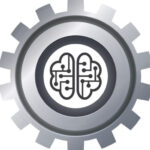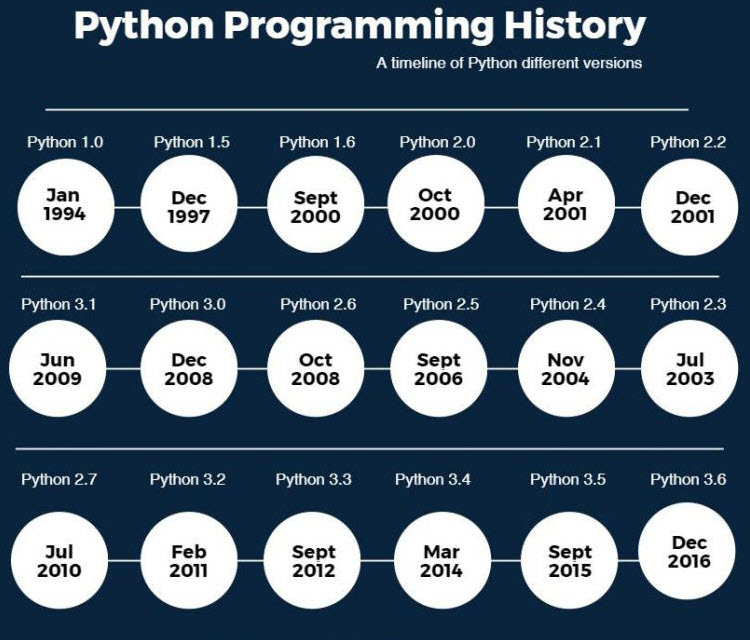Python Programming Language History
Python is a widely used general-purpose, high-level programming language. Python was initially designed by Guido van Rossum in 1991 and developed by Python Software Foundation. It was mainly developed for emphasis on code readability, and its syntax allows programmers to express concepts in fewer lines of code.

Guido Van Rossum began doing its application based work in December of 1989 by at Centrum Wiskunde & Informatica (CWI) which is situated in Netherland. Originally, the creation of Python was his hobby over Christmas.
Guido had worked on the language ABC Programming Language. This language had issues, which Guido corrected. Extracting the positives, he created Python.

The inspiration for the name came from BBC’s TV Show – ‘Monty Python’s Flying Circus’, as he was a big fan of the TV show and also he wanted a short, unique and slightly mysterious name for his invention and hence he named it Python!
The Python language was finally released in 1991. When it was released, it used a lot fewer codes to express the concepts, when we compare it with Java, C++ & C. Its design philosophy was quite good too. Its main objective is to provide code readability and advanced developer productivity. When it was released it had more than enough capability to provide classes with inheritance, several core data types exception handling and functions.
With Python’s inception, it was an inspiration for additional coding languages, such as Ruby, Cobra, Boo, CoffeeScript ECMAScript, Groovy, Swift Go, OCaml, Julia etc.

Matt Cole has high regard for knowledge share. He has a desire to share critical thinking and information. With a Masters in Information Technology and a wide array of certifications, while not working full-time, he wishes to knowledge share through providing insight, information organization, and critical thinking skills.
#KnowledgeShare | Matt Cole | #infobyMattCole





